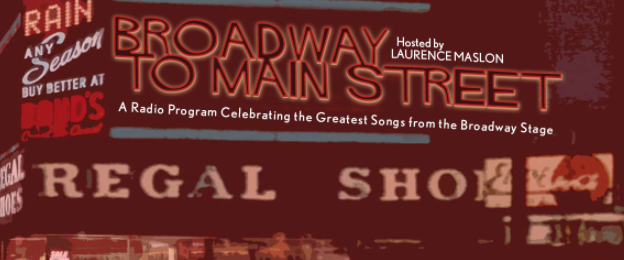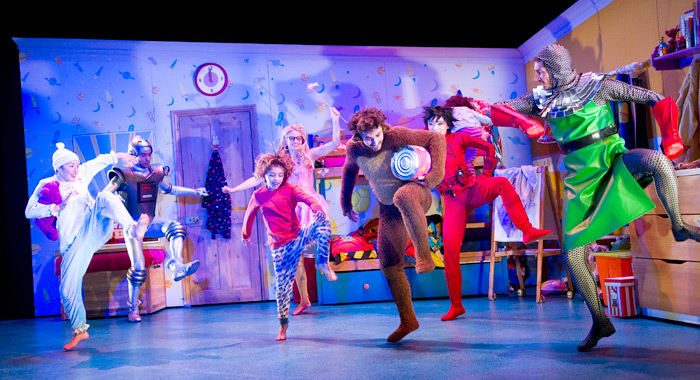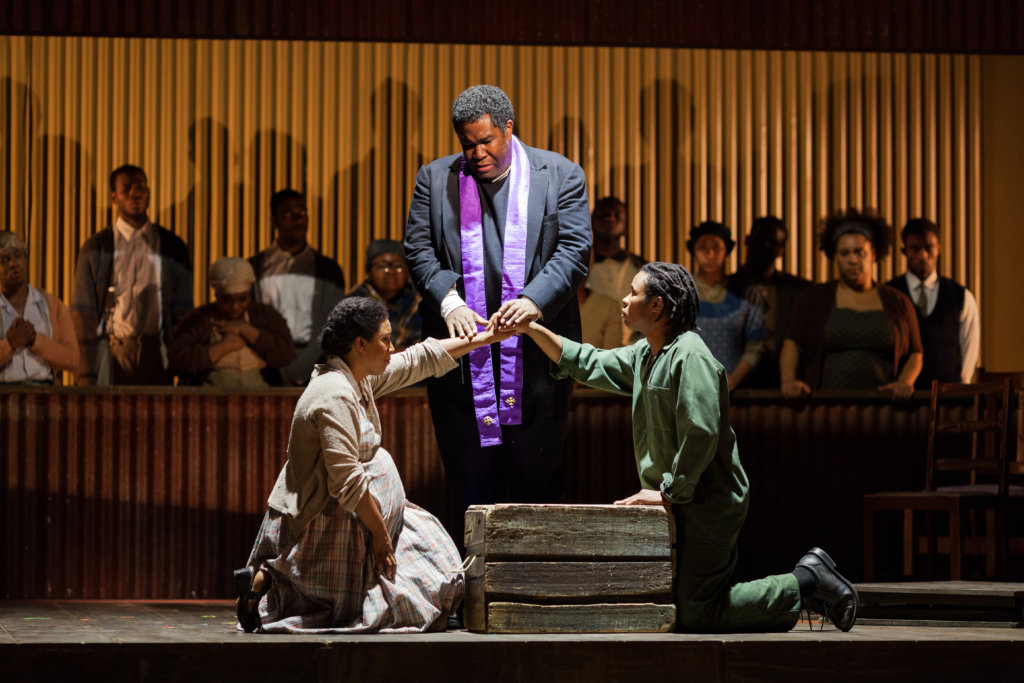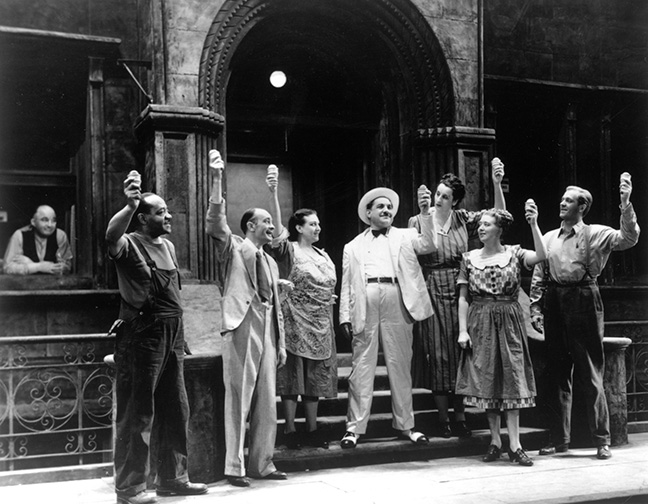
Shortly before his death in 1950, Kurt Weill predicted, “Seventy-five years from now, Street Scene will be remembered as my major work.” The work premiered at the Adelphi Theatre on 9 January 1947 and ran 148 performances, surpassing the original run of Porgy and Bess. Now seventy-five years after that opening, it seems that Weill substantially underestimated how many of his creations would be considered major works. He was certainly correct about the importance and staying power of his “Broadway Opera.” But it took some time to achieve its status as a repertoire staple in opera houses and professional training programs all over North America and Europe.
Despite rapturous critical reception at the premiere in 1947, only revivals at Deutsche Oper am Rhein (1955, 1958) and New York City Opera (at intervals from 1959 through 1990) kept this rich evocation of New York’s melting pot in the public eye. By 1989, the picture had changed decisively; stagings at English National Opera and Scottish Opera (both recorded and commercially released) heralded major productions at Gärtnerplatztheater (Munich), Houston Grand Opera and in Berlin, Chicago, Wolf Trap, St. Louis, Paris, and Madrid–to name a few–in the last thirty years. Just before the pandemic closed theaters around the world, a new production at Opera North in the UK showed how much power the work still projects in a rapidly changing world.
Full productions have been issued twice on home video: Houston (1994-95) and Madrid (2018). In parallel with its advances among professional companies, Street Scene has become a repertoire staple in conservatories and music theater training programs all over the United States and Canada, with many new productions every year.
A gallery of artistic talent has been associated with Street Scene over the years, beginning with the central creative team. Weill and Elmer Rice recruited Langston Hughes, the leading poet of the Harlem Renaissance, to write the lyrics for this musical adaptation of Rice’s Pulitzer Prize-winning play of 1929.
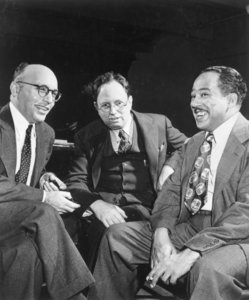
Since its premiere under the baton of Maurice Abravanel in 1947, the work has been led by renowned conductors such as Julius Rudel, James Holmes, John Mauceri, Skitch Henderson, Scott Stroman, Keith Lockhart, and Jonathan Darlington. Among the notable stage directors who have brought their vision to Street Scene are Charles Friedman (the original Broadway production), David Pountney, Francesca Zambello, James Robinson, and John Fulljames. An equally impressive group of performers have lent their voices over the decades: Catherine Malfitano, Nancy Dussault, Catherine Zeta-Jones, Joyce Castle, Jerry Hadley, Samuel Ramey, Angelina Réaux, Anthony Dean Griffey, Lesley Garrett, Gabriel Kahane, Jennifer Aylmer, J’nai Bridges, Patricia Racette, and Paulo Szot.
With new professional productions anticipated and a reliable stream of university and conservatory productions, Street Scene unquestionably remains among Weill’s “major works,” and will for years to come.
